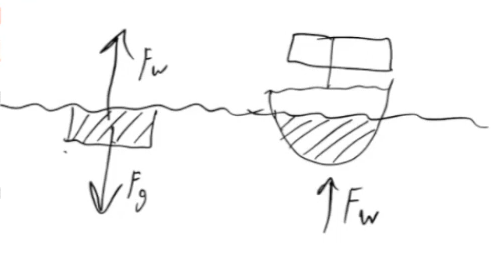Entity and Property (BPC)
| Broad Physical Categories (BPC) | Definition |
|---|---|
| 1. Entity | An existent having particular properties. |
| 1. Property | An aspect of an entity’s identity. |
Notice that these two categories mutually condition one another. Each term appears in the definition of the other, so they are put side by side in the list at the same level of the hierarchy.
This is controversial. The standard way to think about entity and property is that because all properties are properties of entities, entities should come first. That sounds pretty straightforward and true—all properties are properties of entities, so entity does condition property. But what we validly designate as an entity is something which has particular properties, so property also conditions entity.
Let's think about a door. A door is an entity. It has properties which belong to the door as a whole. The object moves as a rigid body. It's made of hinges, a plank, and a knob. All of these parts maintain the same shape as the door rotates. This is to say that the door as a whole has certain properties. However, the knob, which is just part of the door, is also an entity in its own right since it also has a certain shape and rotates as a whole.
You can see different things as entities depending on your perspective. You can see the entire house as an entity and the door as just part of it. You can see the Earth as an entity going around the sun and the house as only part of that. "So, can you just draw the lines anywhere you want and call anything an entity?" No. What makes something an entity is that it has properties, and whatever parts are required to have those properties is part of the entity.
For example, when you're talking about the door, you can't exclude the knob since it moves along with the rest of the door and is part of the door's shape. On the other hand, you cannot designate the left side of the door and a layer of air one millimeter above the door as an entity because that set of stuff has no particular property which is possessed by the whole.
What you view as an entity is a matter of perspective, but that perspective must be based on the thing which actually has properties. What we find in the history of science is that it's helpful to be creative about what you consider to be an entity:

Archimedes drew lines between entities in a creative way to understand buoyancy.
Archimedes identifies a very special entity, which is "a piece of water that would have been there if a boat wasn't." He's treating this piece of water as a separate entity, and it is. It's an entity that ends up being pushed up by the waters below it with the same force that would have pushed up on the boat if the boat was there instead. Since this body of water has a particular property, that property is just somewhat complex—it's being pushed up by the same waters that would have pushed up on the boat—it is valid for Archimedes to identify it as an entity. This perspective allowed Archimedes to think about the force that the surrounding waters exerted on a boat, which caused it to float.